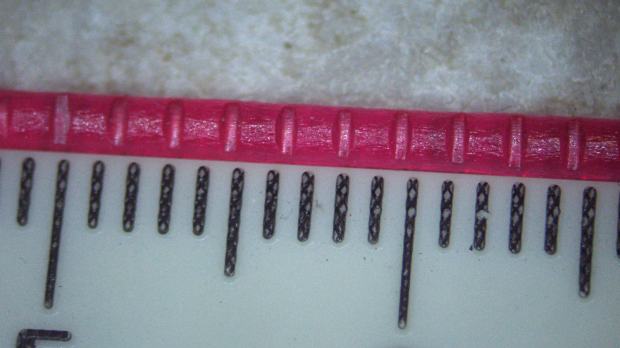The filament extrusion rate is controlled exclusively by the extruder stepper motor, and if the gcode says to extrude X mm of filament, the firmware has to translate that into some number of steps on the motor. That's encoded in the firmware by a plugged-in constant of "steps per mm". That value is derived from the gear ratio of the extruder stepper motor (which is 5.2 to 1 on the stepper used by the M2), and the radius of the drive gear. But think about it---if you had a huge drive gear, then one full turn of the gear would pull down far more filament than if the drive gear is small, but the number of motor steps for a full turn is still the same. Likewise, if the filament is being driven hard into the gear, with the gear teeth cutting into the filament, you're effectively reducing the radius of the gear as far as the equation for "steps per mm" is concerned, and if "steps per mm" isn't adjusted for that difference, then you get a different length of filament drawn down for each full turn of the drive gear.CCVirginia wrote:The pressure would change the shape of the filament but not the amount, so unless there is slippage it should not change the extruder multiplier.
Intuitively, it doesn't seem like it should make any noticeable difference. But I just ran the numbers up there, and the result is that the length of filament being drawn down into the extruder can vary up to something like 10% depending on how much the drive gear is cutting into it.
